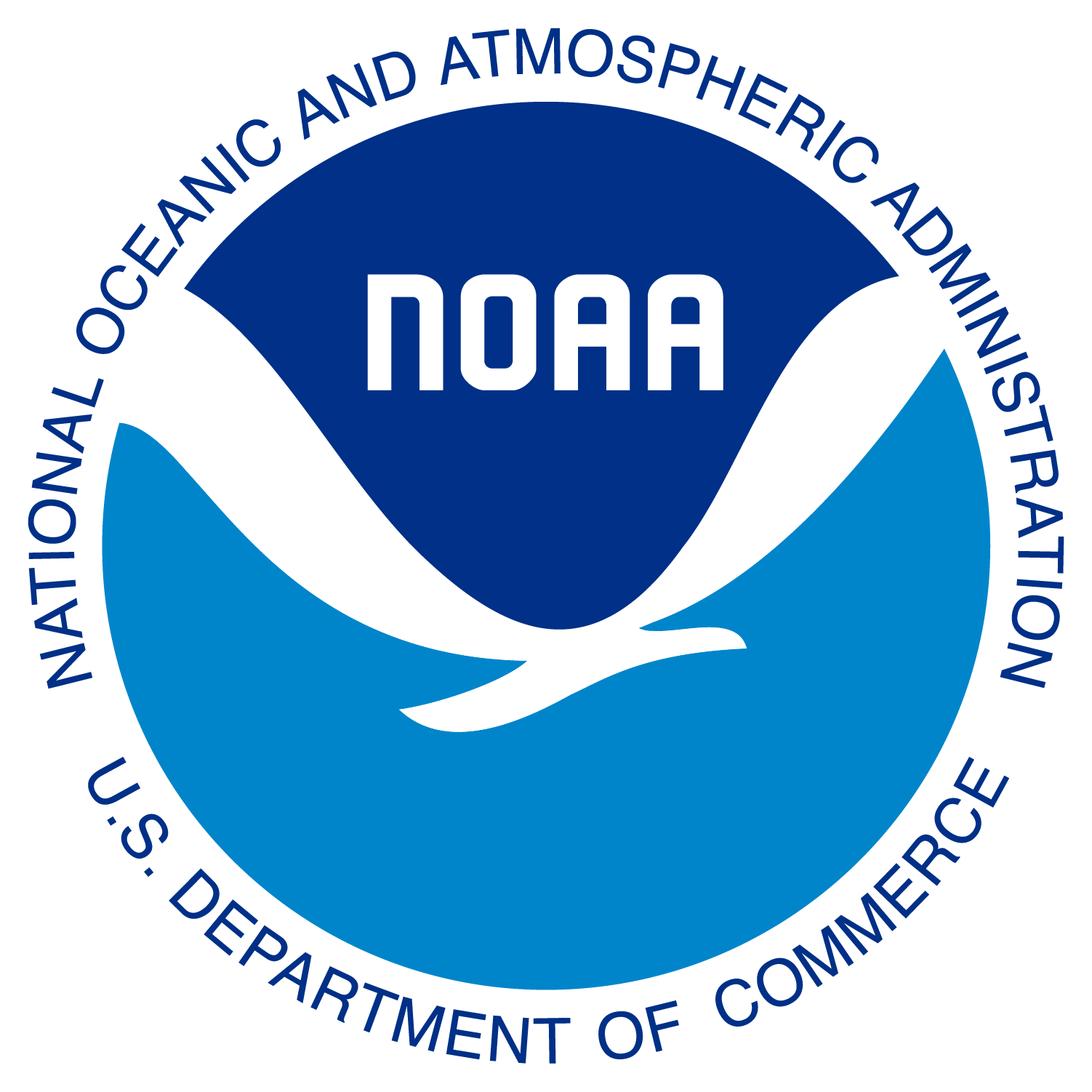 |
|
Water Temperature
The water temperature seen in these images was calculated using satellite measurements:
Satellite-sensed water temperature represents the temperature at the water's surface. Each image is the composite of all scenes seen by all four satellites on a single day, including both day and night scenes. The instrument used to collect the measurements is the Advanced Very High Resolution Radiometer (AVHRR), an instrument on each of the four satellites. Because the satellite instrument cannot see through clouds, the images may be missing data in areas that were cloudy while the satellite was passing overhead.
|
|


